In central and southern Mali, this sculpture represents the Ciwara antelope-horse, nicknamed "wild beast of the earth". For the Bambara, or "Bamana", referred to as "unbelievers" by Muslims, this mythological figure is said to have taught humanity the art of agriculture and offered the first cereal. The crest was attached to a wickerwork hat with raffia ties. Worn on top of the skull, these crests accompanied the dancers during the rituals of the tòn, a society dedicated to agricultural work. The masks jumped across the fields to repel the nyama, these evil energies, detect threats and chase away harmful spirits capable of stealing the soul of cultivated plants or stealing the vital force of their seeds.
Piece accompanied by its certificate of authenticity.
PS: what is the certificate of authenticity? https://www.galerie-art-africain.com/faq.aspx?qid=8
PLEASE NOTE THE TRANSPORT PRICE INCLUDES LOSS, THEFT AND BREAKAGE INSURANCE.




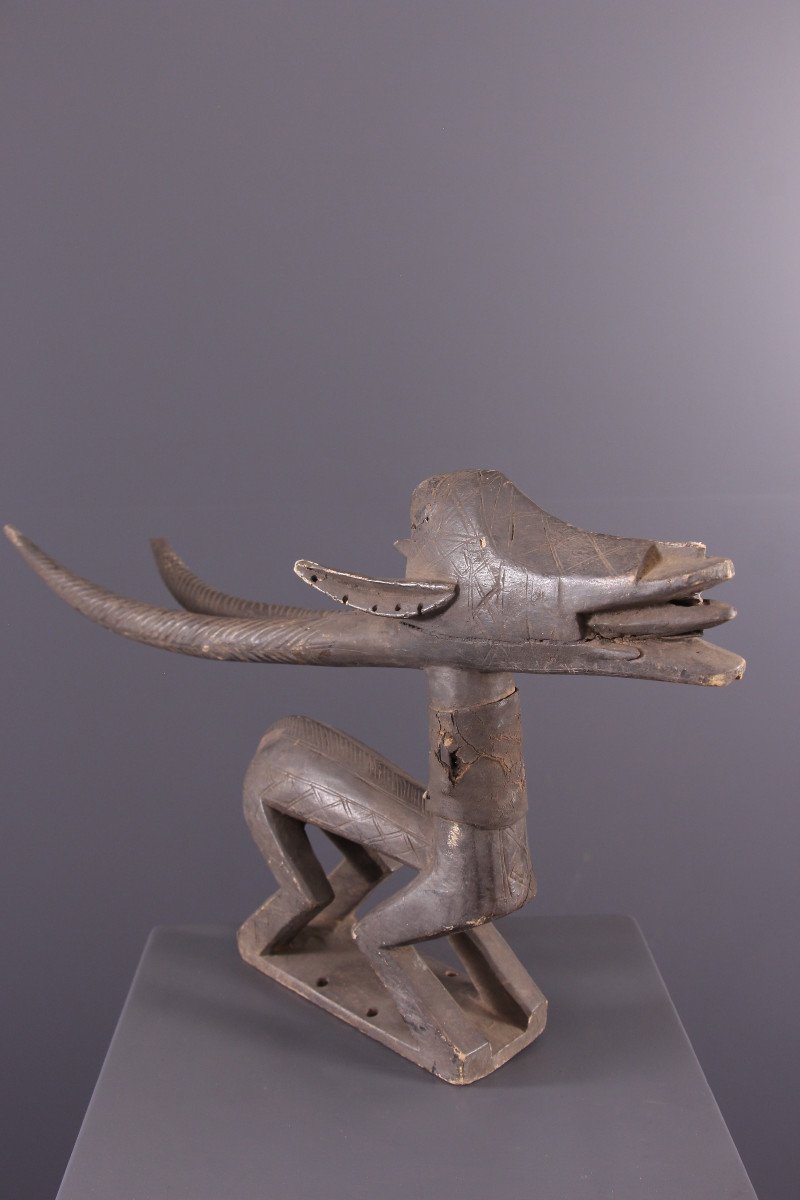
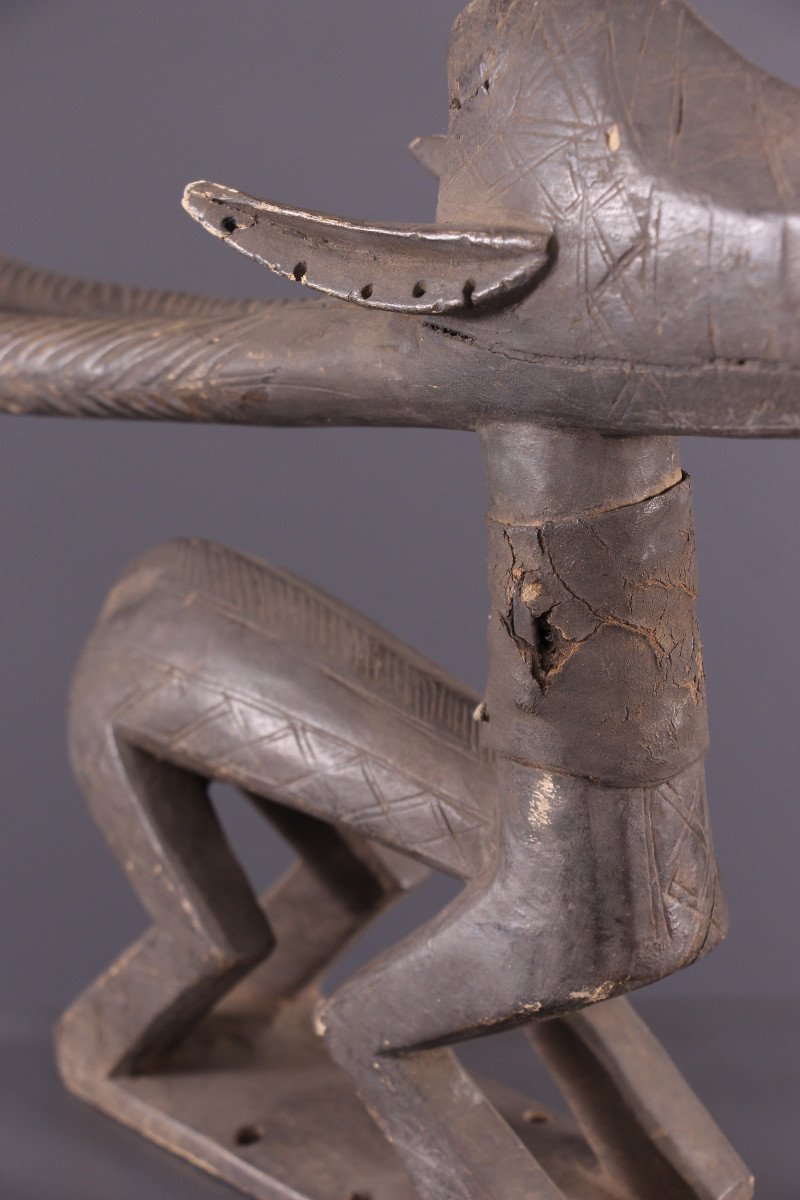


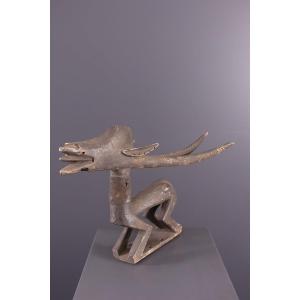











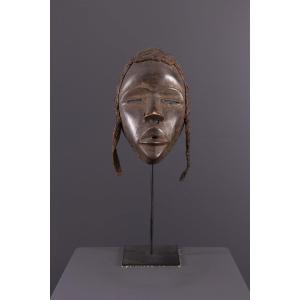
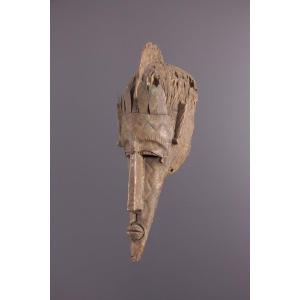
















 Le Magazine de PROANTIC
Le Magazine de PROANTIC TRÉSORS Magazine
TRÉSORS Magazine Rivista Artiquariato
Rivista Artiquariato